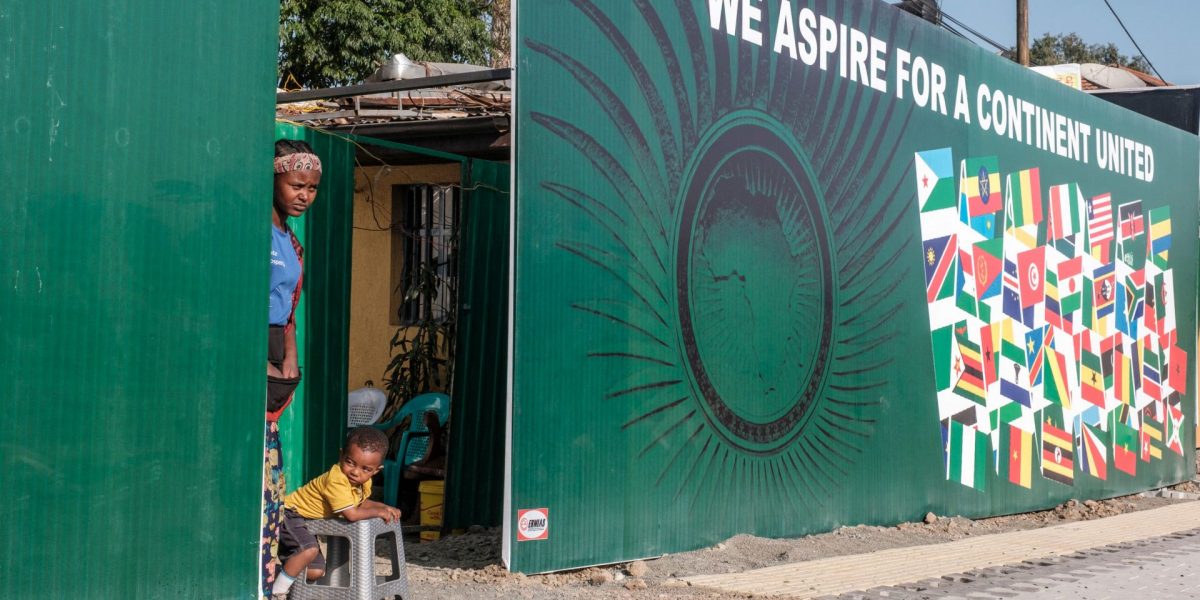Abstract
Civil society organisation (CSO) participation in conflict early warning and response systems (CEWRS) of African intergovernmental organisations is expected to be beneficial to collect data, conduct analyses and respond timeously to the potential escalation of violent conflict in a way that is relevant to local stakeholders. These high expectations contrast with CEWRS’ protracted operationalisation procedures, low capacity of many CSOs and the challenges of integrating civil society into (inter)governmental structures, which militate against effective participation. This article considers the net effect of CSO participation, examining how CSOs contributed to data collection, analyses, early warning and responses of CEWRS in the AU, Economic Community of West African States (ECOWAS) and the Intergovernmental Authority on Development (IGOs), and assesses their participation models. The article finds that CSO participation is a long way from delivering on expectations. It argues that CSOs can only fully deliver by building independent CEWRS that complete early warning-response processes in parallel to the intergovernmental systems, as in West Africa.
Introduction
The IGOs that constitute building blocks of the African Peace and Security Architecture (APSA) have partnered with CSOs to bolster the capacity of their CEWRS, as well as render their prevention activities more inclusive.1Interview with Respondent 31, AU, 14.05.24, Addis Ababa.Contributing to literature on conflict prevention through the APSA, this article examines whether civil society participation has delivered expected benefits for CEWRS in the AU, ECOWAS and the Intergovernmental Authority on Development (IGAD), and assesses comparative advantages of the participation models in each of these cases. The article introduction outlines the literature on conflict early warning systems worldwide, African CEWRS, and civil society in conflict prevention that provides the conceptual framework. Furthermore, it explains the state of research on civil society participation in the CEWRS of the APSA, research design, and key findings. The article will proceed to present three case studies on the AU, ECOWAS and IGAD, which examine policy frameworks, the operationalisation of CEWRS, and the involvement of CSOs in data collection, analysis, warning and responses. The article will then juxtapose the participation models in the three IGOs to draw conclusions on their relative advantages.
Conflict early warning and response systems
In the 1990s, mass atrocities prompted IGOs, governments and non-governmental organisations (NGOs) to develop conflict ‘early warning’ and ‘early response’ systems to anticipate, avert and mitigate a range of potential violent conflicts. ‘Early warning’ describes a process that alerts decision-makers and promotes their understanding of the nature and impact of a potential escalation of violent conflict. Early warning systems, as a subset of CEWRS, constitute the procedures to provide regular forecasts and predictive capacity for proactive evidence-based decision-making, programming and priority-setting.2David Nyheim, Early Warning and Response to Violent Conflict (London: Saferworld, 2015),6.While early warning systems inform decision-makers, other types of CEWRS also effectuate ‘early responses’ – ie, actions that are informed by early warning and timely deployed to prevent or mitigate violence.3David Nyheim, Preventing Violence, War and State Collapse (Paris: OECD, 2009),15.CEWRS have evolved into a variety of models. These include centralised early warning systems to inform political elite actors; decentralised systems that harness community-level information and responses; quantitatively-oriented systems that leverage socio-economic, (social) media and geo-data; and systems that use artificial intelligence to generate situation analyses and decision-options in real-time.4Robert Muggah and Mark Whitlock, ‘Reflections on the Evolution of Conflict Early Warning,’ Stability: International Journal of Security and Development 10, no. 1 (2022): 4.The elementary processual steps of all CEWRS entail data collection, analysis, warning and response. However, CEWRS vary in their security doctrines, conflict types, data sources, analytical methods, recipients of warnings, and responders. In contrast to intelligence organisations, CEWRS mainly rely on open-source information from news media, field monitors and government agencies.5Nyheim, ‘Early Warning,’3.Quantitative and qualitative data on events and structural vulnerabilities is processed through algorithmic forecasting models and interpretative conflict analyses. New technologies are hoped to lead to better forecasting.6Muggah and Whitlock, ‘Reflections’.Yet doubts persist whether complex idiosyncratic conflict dynamics that result from human actions can be reliably predicted through reductive models.7Thomas Chadefaux, ‘Conflict Forecasting and Its Limits,’ Data Science 1, no. 1–2 (2017): 7; Issaka Souaré and Paul-Simon Handy, ‘The State of Conflict Early Warning in Africa,’ African Security Review 22 (2013):19.
High-level political decision-makers are the main recipients of confidential warning reports in (inter)governmental CEWRS. Warnings may inform responses including preventive diplomacy, mediation and peacekeeping in acute crises, or long-term prevention through policymaking to address structural vulnerabilities. In decentralised systems that register grassroots conflicts, responders may include local-level state and non-state actors.8Muggah and Whitlock,‘Reflections,’4.The persistent early warning-response gap – i.e, the challenge of translating early warning information into preventive action–is regarded as CEWRS’ foremost limitation.
This article, which appears Open Access in the South African Journal of International Affairs (Volume 31.2), will be followed in 2025 with a special issue entitled ‘The BRICS expanded: Shaped by – or shaping – the global order?’.








